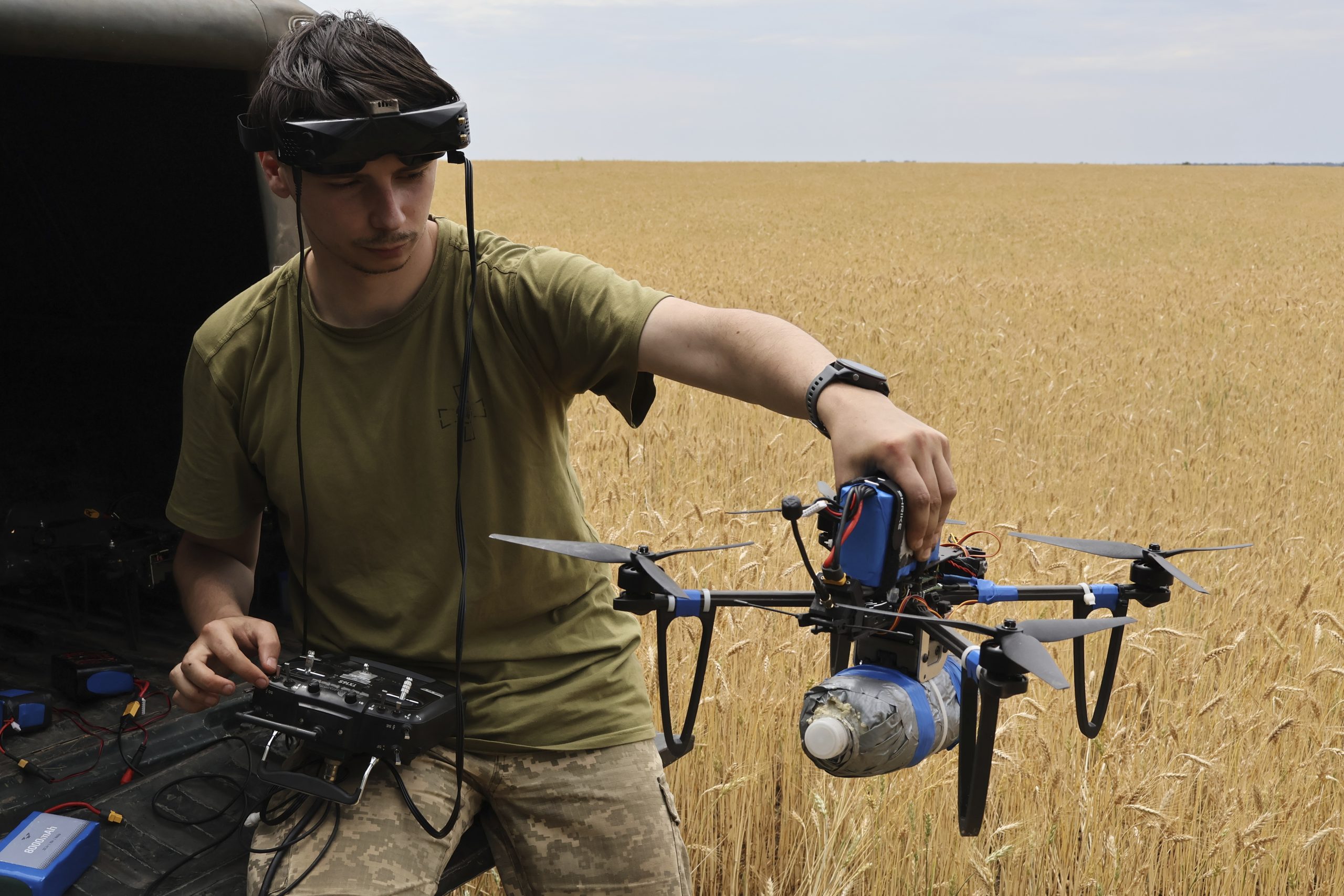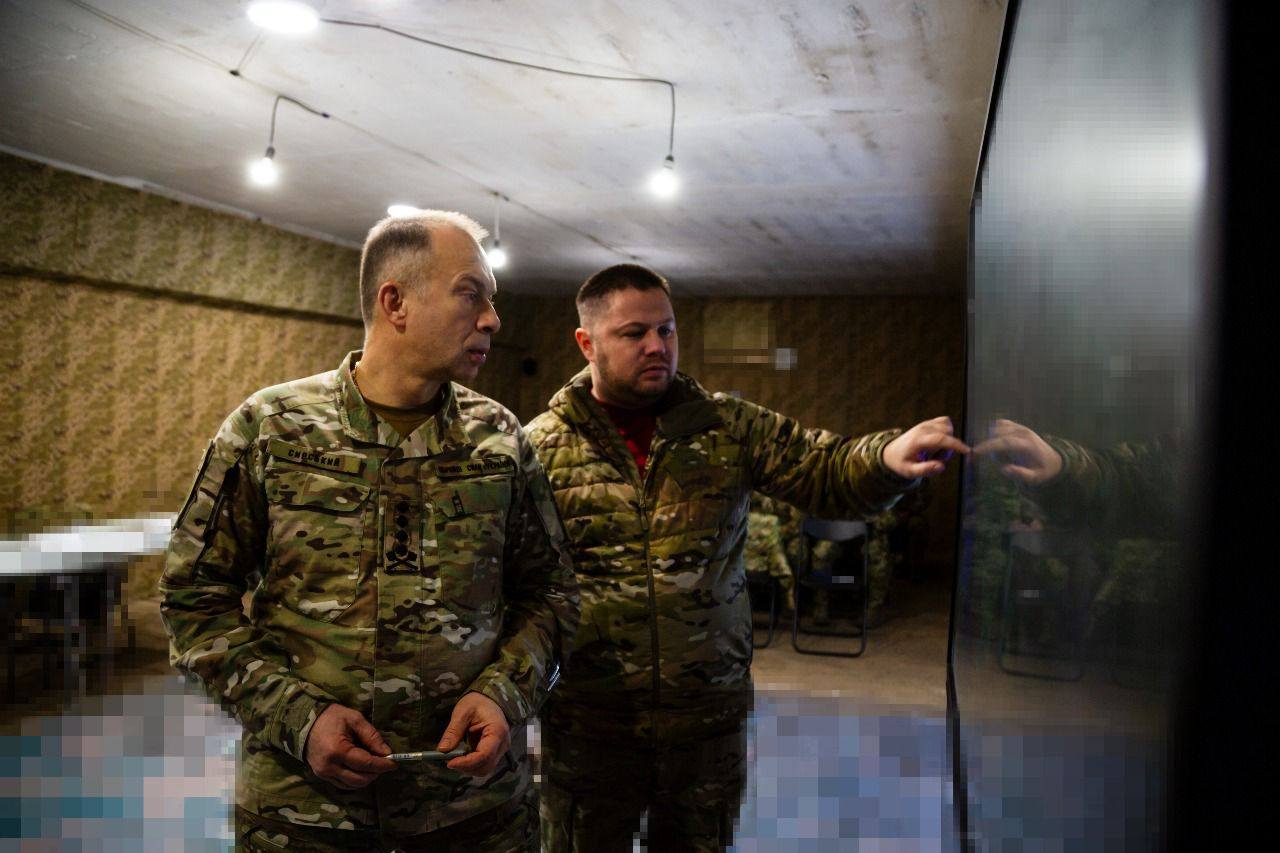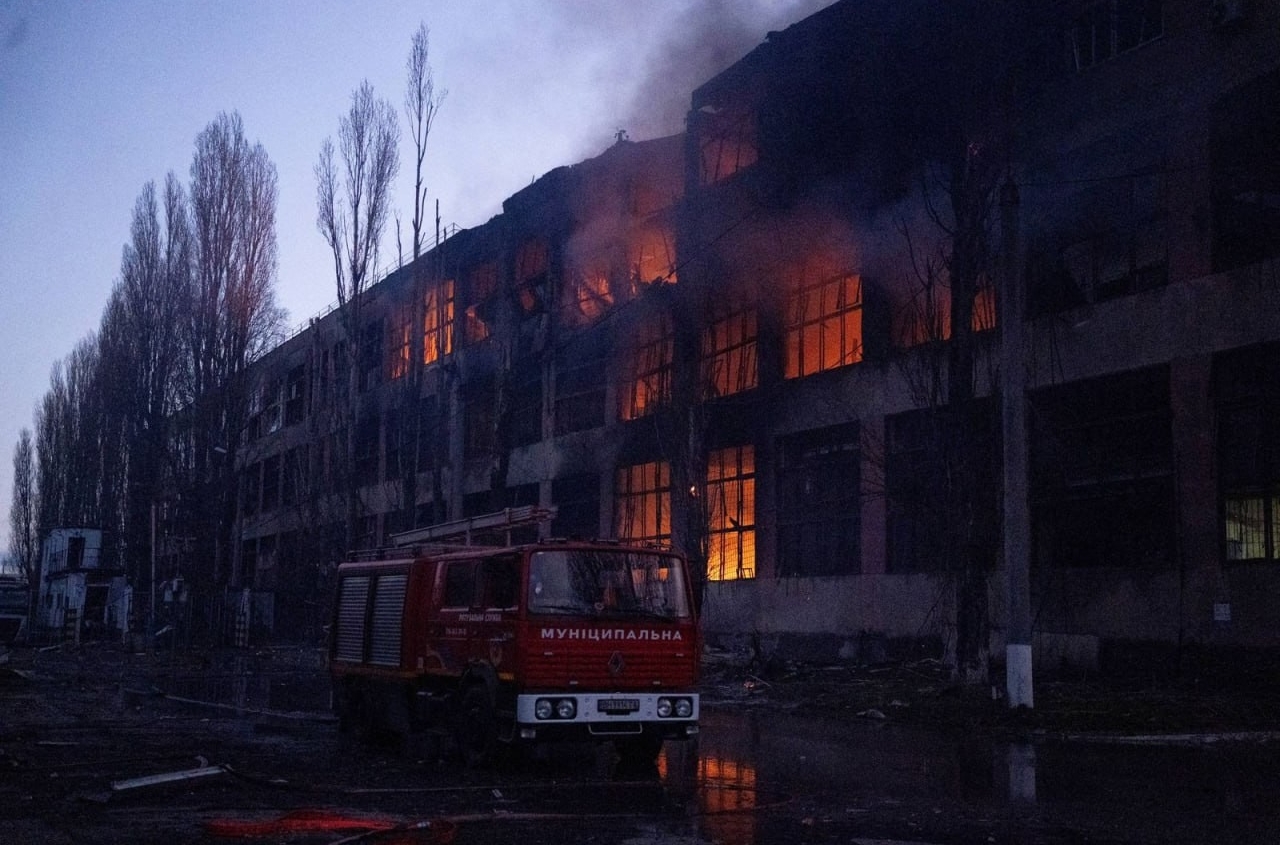Military analyst at the Royal Danish Defence College, Anders Puck Nielsen, on Valerii Zaluzhnyi’s recent article and the lessons Europe should learn from the Russian-Ukrainian war.
Here are the main points:
Zaluzhnyi believes that drones as a weapon have brought about a revolution in warfare. Currently, two-thirds of enemy losses on the front lines are due to drones—they have replaced artillery as the most important strike force in the current war.
The technological revolution is changing how wars are fought. The most well-known historical example is the invention of gunpowder, which gave rise to new, more destructive types of weapons and completely altered warfare. Drones may not match gunpowder in terms of scale, but Zaluzhnyi ranks their implementation alongside the invention of radio, computers, and satellites.
Drones provide an advantage in defensive operations— it is now virtually impossible to concentrate forces without the enemy detecting it and striking them.
Zaluzhnyi identifies three key modern technological innovations:
- Tactical drones that directly strike the enemy, including fast-developing sea and ground-based platforms.
- Electronic warfare tools that counter enemy drones.
- Sensor platforms that detect the enemy early, increase commanders’ situational awareness, and prevent force concentrations for breakthroughs at the front.
The key feature of these technologies is their low cost. An FPV drone costs about 10% of an artillery shell. This reduction in the cost of strike capabilities makes a war of attrition effective and economically viable for countries that previously couldn’t afford to fight such wars.
Zaluzhnyi criticizes NATO armies: they became complacent during years of superiority in multi-domain operations and "slept through" the military revolution. If NATO armies entered the battlefield in Ukraine today, they would suffer heavy losses—simply because they are not prepared to counter these new types of weapons.
Nevertheless, many Western military leaders still believe they would outperform the Ukrainian Armed Forces because they would conduct “proper” maneuver warfare. Many claim to understand the importance of drones—but still see them merely as an auxiliary factor that enables maneuver warfare.
What’s dangerous for Western countries is that they still fail to grasp that Russia has made significant progress in drone technologies. While Ukraine is currently the global leader in drone usage, Russia is only a few months behind—whereas Western countries are years behind. In the event of a NATO–Russia war, Russia would field a vast number of experienced drone operators, and NATO armies would be unprepared for this confrontation.
NATO doctrines require revision: if at the start of a war any territory is lost to the Russians, there is no guarantee it could be retaken. This is especially relevant for the Baltic states: existing doctrines assume that Russia could capture part of a country before a decisive counteroffensive would push them back.
It is crucial to begin urgently training UAV operators and electronic warfare specialists in NATO countries now. The main resource is experienced pilots—drones themselves are merely ammunition these pilots use.



















